|
So this shoot with the beautiful Cisca was inspiring. The shoot was planned to work out face shots as materiaal for my mixed media work. It turned out to become a complete shoot after all. Here's my coverage of a great day.
0 Comments
I had a great time doing my first maternity shoot with a lovely couple. Rana was about 33+ weeks during the shoot. I was able to "blend" them both in the surrounding quite well. The lighting circumstances were outstanding for this type of shoots. Here is my humble coverage of the day, enjoy!
I was pleased to be able to shoot my first wedding. It was nice to see the bride Anna and the groom Karol shine as we walked through the picturesque Rotterdam. Here are my favorite shots from the day.
My third magazine publication is a fact. It's not just a publication, it's one on a double page! The monochrome long exposure shot, titled "Signs", got published in the photography magazine Chip Foto Video, issue 79. Check out the original and published picture below.
Technical information: Nikon D7100, Tokina 11-16mm F/2.8 AT-X DX. The next outdoor shoot I did was with Anna. Her agility and natural look made this shoot a succes. I really enjoyed working with her. I hope you'll enjoy my coverage with this great model. Anna's page: https://www.facebook.com/psypole
Technical information: Nikon D7100, Nikon AF-S 50mm F/1.4G, Nikon AF-S 70-200mm F/4.0G ED VR(III), Nikon SB-700 Flash. Had an outstanding shoot with the charming Katia. We choose a beautiful and peaceful spot in the woods. The early morning light was soft and great. The model was posing natural and just doing her thing. A true pleasure to work with her, considering she hasn't done much modeling.
Technical information: Nikon D7100, Nikon AF-S 50mm F/1.4G, Nikon AF-S 70-200mm F/4.0G ED VR(III), Nikon SB-700 Flash. Another outdoor photoshoot with Sarah. Post-processed into black & white.
Technical information: - Nikon D7100 - Nikon AF-S 50mm F/1.4G - Nikon AF-S 70-200mm F/4.0G ED VR(III) - Nikon SB-700 Flash The second model photoshoot I did with Sarah was outdoors. The aim of the photoshoot was to create a dreamy world and offcourse to have fun while doing it. This serie is called 'Red blossom fairytale'. I'm pleased with the softness and ambience of the shots. And again It was great working with Sarah.
Technical information: Nikon D7100, Nikon AF-S 50mm F/1.4G. The power of simplicity is displayed by my ´Signs´. The monochrome properties remove the distracting saturation, which extra emphasizes the sign in the lake. To be able to shoot these scenaries you need to use high exposures during daytime. The only way to achive this is by using ND-filters.
Technical information: Nikon D7100, Tokina 11-16mm F/2.8 AT-X DX, B+W 110 ND. I was surprised to see a skimboarding event in Nesselande, Rotterdam. It seems to be one of the best flatland skimboarding spots in the region. On this beautiful day I was out there with my camera and saw all the enthousiast boarders on the beach. Enjoy my short coverage of the day. Technical information: Nikon D7100, Nikon AF-S 70-200mm F/4.0G ED VR(III). Before the big day Aniko and Olaf wanted to have a killer save the date shoot. The creative mind came from Aniko herself. As a photographer I had to manouvre myself above the couple on a ladder, which was kind of exciting. I was pleased with the result and happy to hear the picture was going to be published in a big bride and groom magazine called 'Bruid en Bruidegom', third edition 2014. Check out the original and published picture below. I can call this the first original publication of my work in a magazine.
Technical information: Nikon D7100, Nikon AF-S 50mm F/1.4G, Nikon AF-S DX 18-105mm f/3.5-5.6G ED VR. Introduction This create this effect is one of the fun techniques to combine when doing long exposure (night)shots. There are a lot of tutorials out there explaining this technique. In this tutorial I will try to give you some practical tips how to execute this technique. The written advice is what works for my. If you have any thoughts or suggestions feel free to comment. Equipment - Sturdy tripod: this technique is hard to execute without a good and strurdy tripod. I've tried it earlier shooting without a tripod, but this is only possible with relatively faster shutterspeeds and by moving the camera rather to zoom in/out. See my example here: http://www.photostudiort.com/1/post/2014/01/the-zoom-effect.html - Remote shutter: use a wired of wireless remote shutter to minimize camera movement. - Battery life: speaks for itself, especially when doing long exposure nightshots. If you use an extra battery grip use this. This is my own experience. This technique is so addictive and fun that you forget all about battery life. You just go on and on to get the picture right. Settings - Manual mode: make sure you have full control of the situation. - ISO: as low as possible. Most cameras have ISO 100 as lowest level. Make sure AUTO-ISO is turned off. Using lower ISO reduces noise levels, especially with long exposures. - Lens: obviously you need a zoom lens to do a zoom effect! Try to use the widest lens you have with the largest range. This will give the maximal effect to the zoom. - Turn of any VR (Vibration Reduction) on your lens. Execution - Shoot in a clear night situation. - Isolate and center a subject with a lot of light in it or around it: think of buildings, bridges, etc. - Leave at least 50% empty space (darkness of the air, water, etc.) around the subject. - Find the optimal exposure time and Aperture. I prefer Apertures between F/8 and F/16. Lower could give less sharpness, higher causes diffraction. - Focus on the subject automatically, then turn the switch to Manual Focus. - Once released the shutter, zoom in after reached 2/3 of the exposure time as even as possible. Try to do this with minimal camera movement to get straight lines. Example: assume F/8, 15 sec, ISO 100 will give the optimal light. After released the shutter, you wait 10 sec. After 10 sec., you start to zoom in from lets say 18mm to 55mm in the remaining 5 sec. Try to execute the zoom in even movement all the way. Post-processing This is nothing special. Just use your usual long exposure presets. I like to use higher contrast and saturation levels to emphasize the light beams. I hope you have fun trying this technique. If you have any questions or want to add something please feel free to comment. This is my first short tutorial about a technique I’ve been trying out lately. Ever since I got my Nikon D7100 I’ve been wondering when I would start to invest in some good quality filters. Taking into consideration I’m using a cheap 18-105mm kitlens for my landscape photography nowadays. Would I really spend like €200-€300 for buying a good ND set? If I should upgrade to a 14-24mm f/2.8 or 16-35mm f/4 then it would be time to spend some serious money on serious filter-systems. The question remains: is there a way to make long exposures without using any filters (ND-filters) during daytime? The answer is obvious or else this tutorial would be meaningless. So if you like to make those creamy water landscape shots without a filter during daytime, sunset or sunrise keep on reading. Basic requirements and shooting The first thing you need to do is to understand the meaning of this technique. Normally when you use a ND filter (4, 6 or big-stopper) you’re stopping light from getting onto your camera sensor and thereby extending your exposure time. This gives you that creamy water or clouds, which is basically the softening of any movement across your frame. This wouldn’t be possible without these filters during daytime. What you’re looking at is to mimic these long exposures without filters. The purpose is to shoot 5-20 shots with exactly the same exposure conditions (ISO, exposure time and aperture). The things you really need is a good and sturdy tripod to minimize movement, as also a wired of wireless shutter release. These are essential pieces of equipment. The tripod also needs to be positioned as sturdy as possible. You could use software to align frames afterwards, but this will only extend your normal post-processing time. Essentially you need to shoot a single shot until you’ve reached the perfect exposure time and aperture, using the lowest possible ISO. I usually use high apertures (> f/22) to get higher exposure times (taking into account this could cause diffraction). Once you’ve got the settings for the single shot, you’ll take 5-20 frames using your tripod and wired/wireless shutter release. Try to use the same delay time between shots. The delay time doesn’t matter a lot as long as you use about the same time between every frame. I just keep counts in my head. Post-processing When you get back with 5-20 RAW files it’s time to do the stacking. This means you’ll have to stack all these images on top of each other. I’m not going to compare Lightroom and Photoshop here, but both basically will do the same. The first step is to open the frames in separate layers in your software-program. The second step is to set the opacity for each layer in a strict order. The formula you use for this: opacity = 100 x (1/(L+1)), where L stands for number of layers below the current layer. The layer on the bottom gets a 100% opacity. The opacity of the layers above it are set by the formula, where you could choose to round up or down the numbers. I’ve calculated the opacity of the first 20 layers for you, rounding down the numbers: Layer # Opacity 20 5% 19 5% 18 6% 17 6% 16 6% 15 7% 14 7% 13 8% 12 8% 11 9% 10 10% 9 11% 8 12% 7 14% 6 17% 5 20% 4 25% 3 33% 2 50% 1 100% Once you’ve done this you’ll see a faked ND-filter effect. Because you’ve used these short exposure times (relatively to longer exposure times with filters) you’ll see almost no noise and absolutely no hotspots. This technique takes time to get used to. Also the post-processing is more extensive. But once you master it, it’s quite fun to do. Links It’s obvious I did not make this all up. I’ve read a lot of other tutorials about it. These links I strongly recommend when you are completely new to this stuff.
So these guys were out to make some spectacular jumps. I just happen to be there and freezed some great heights. Hope you enjoy my B&W impression. Technical information: Nikon D7100, Nikon AF-S 50mm F/1.4G. |
|
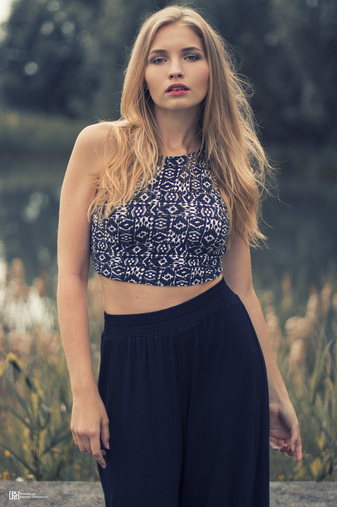




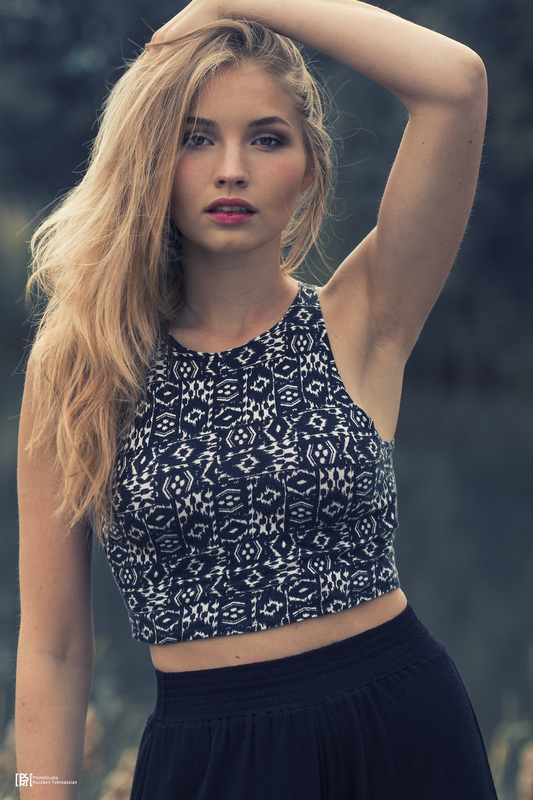

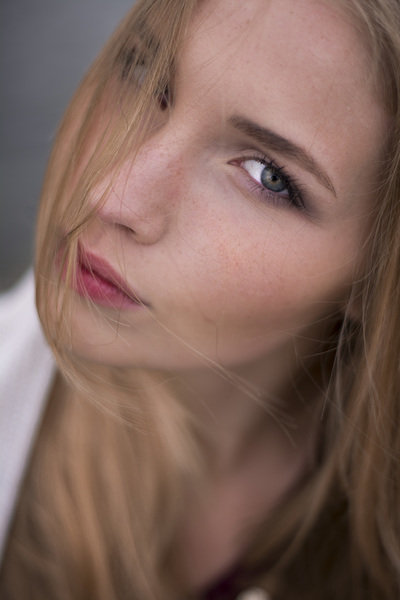
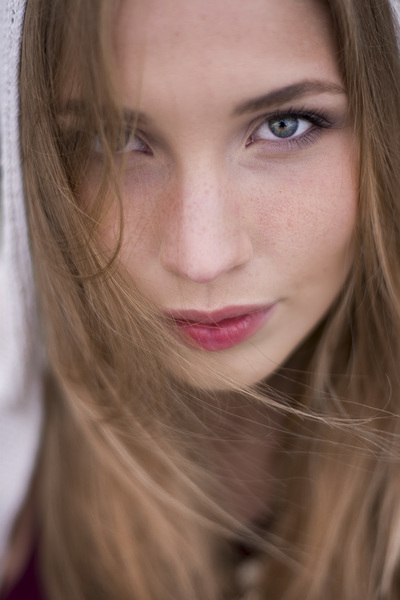
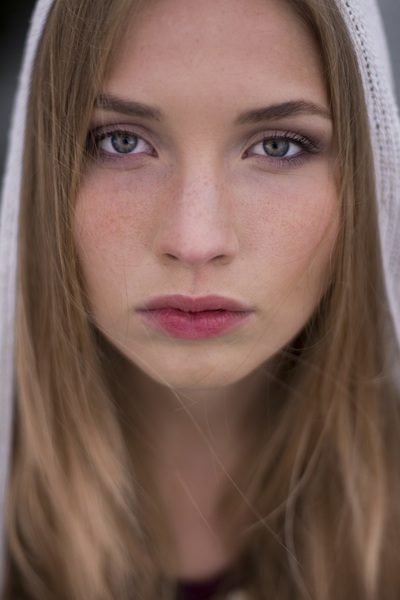
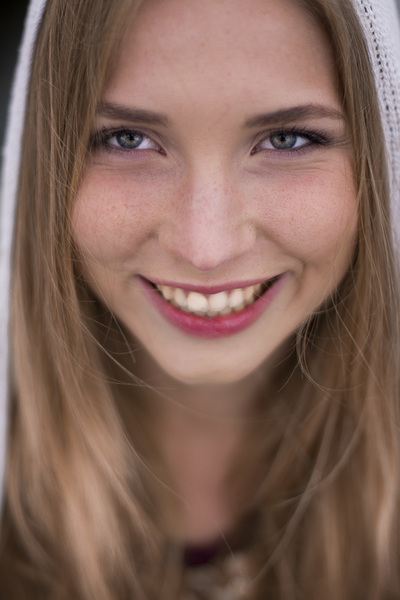


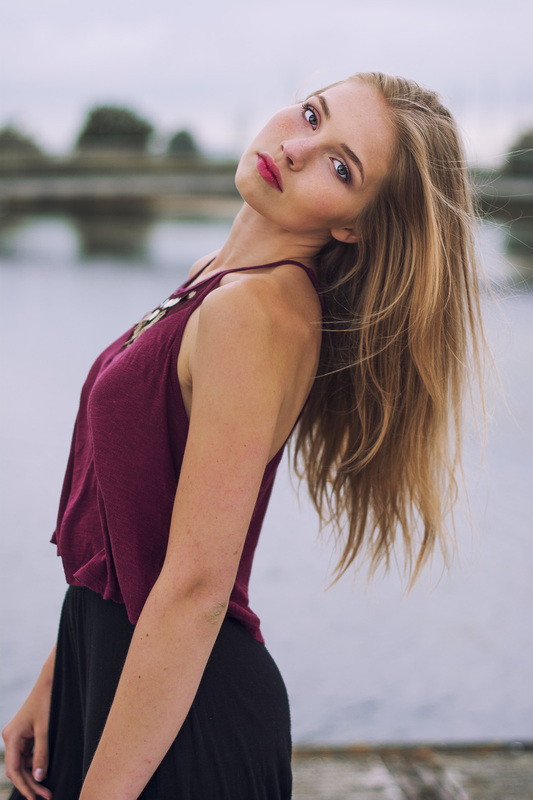




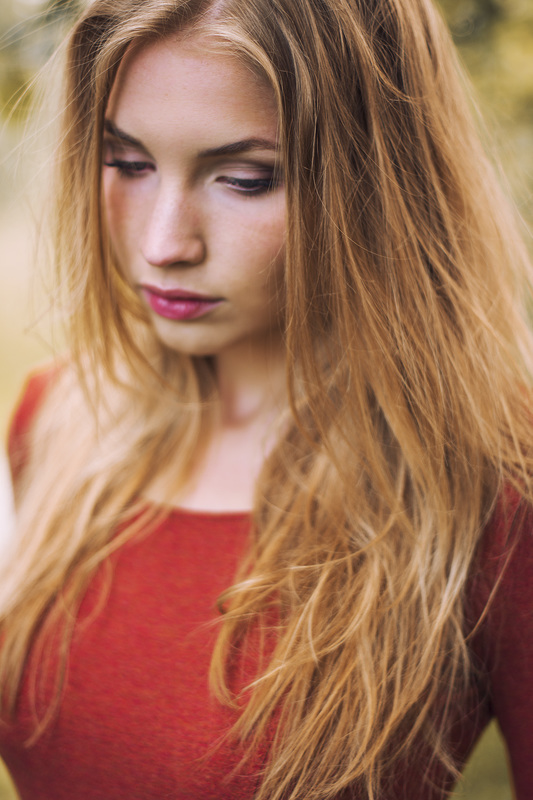

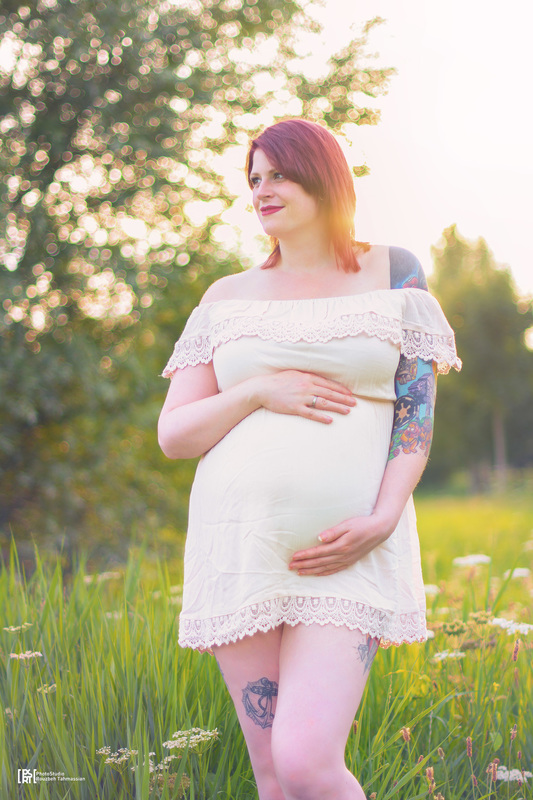
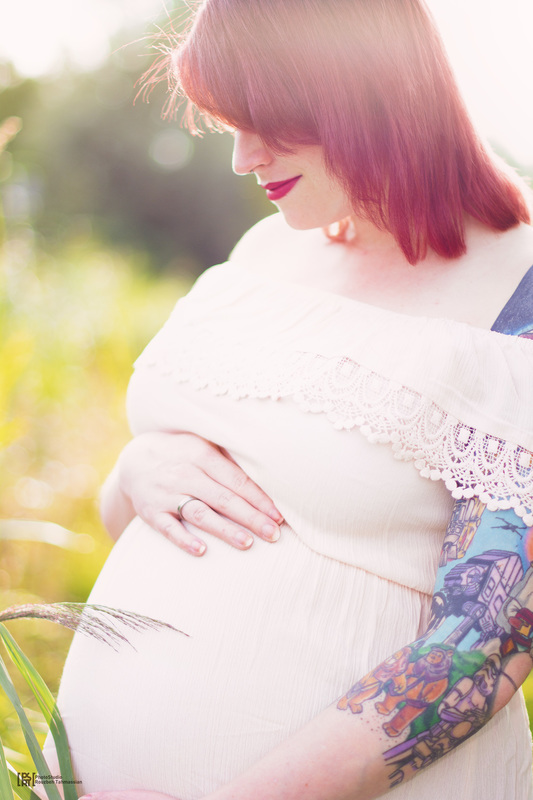



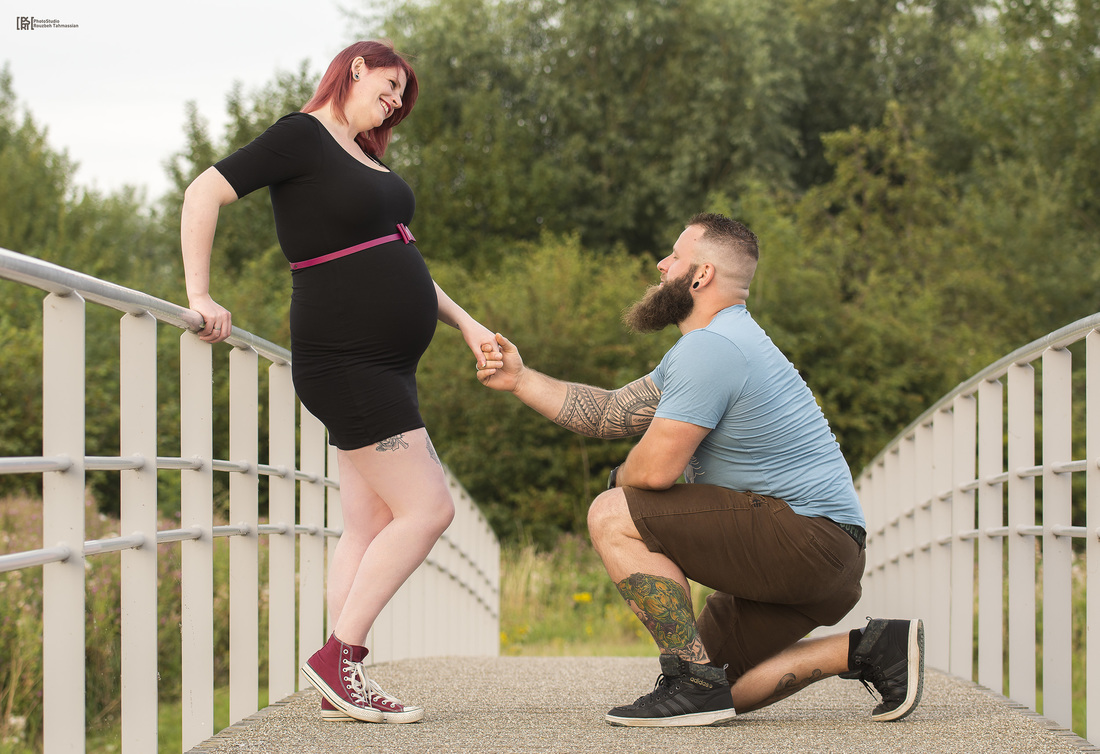



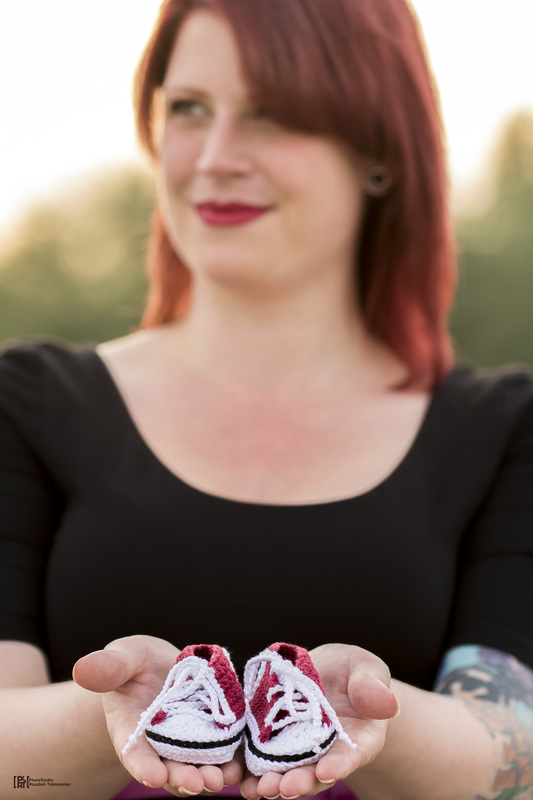

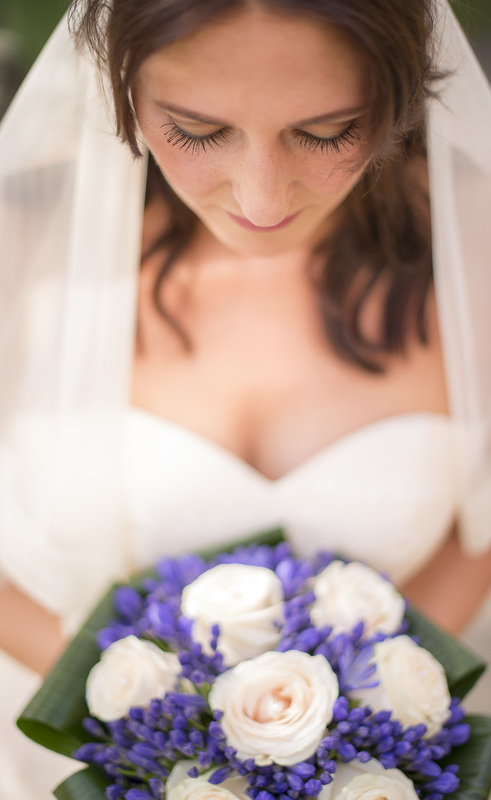




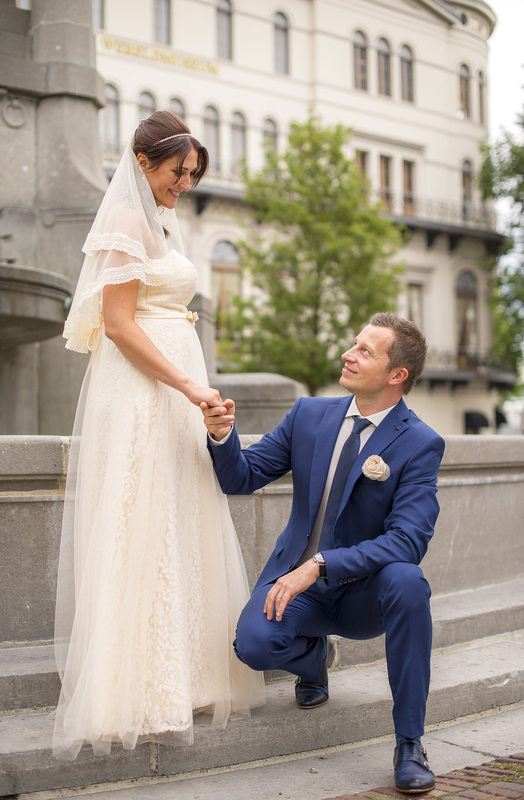


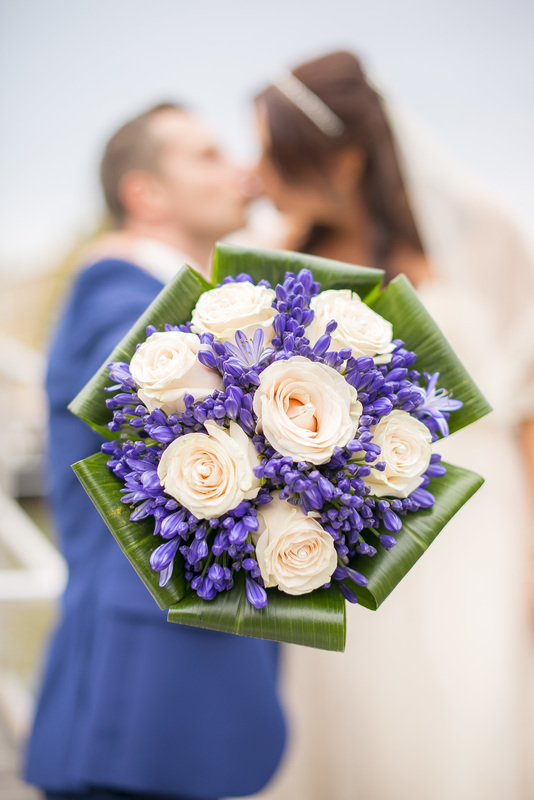



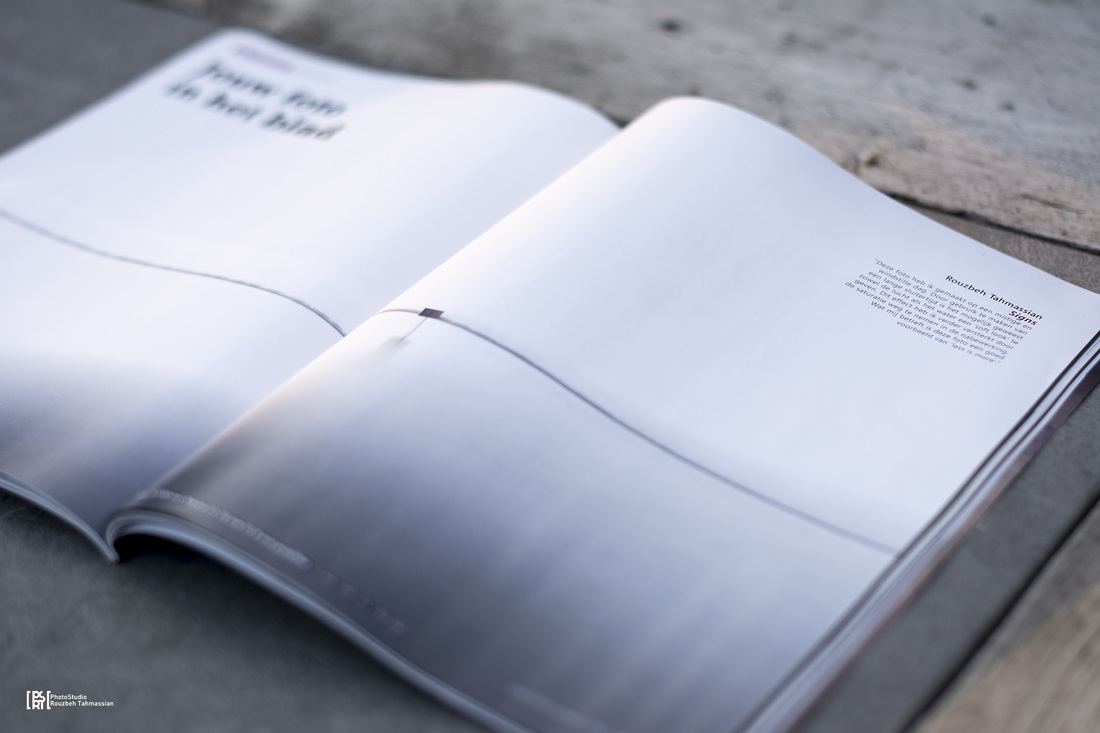
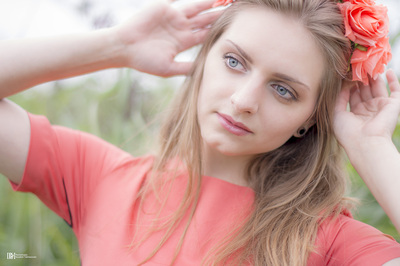

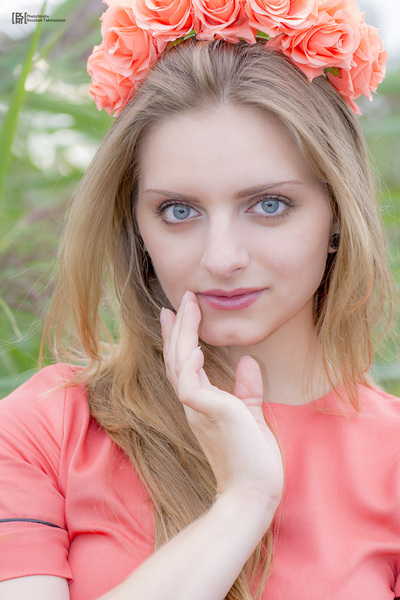

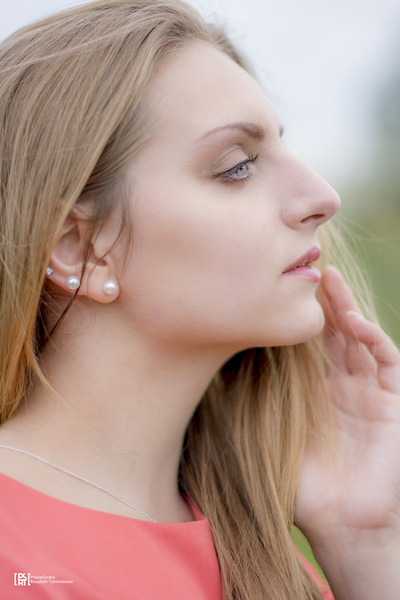

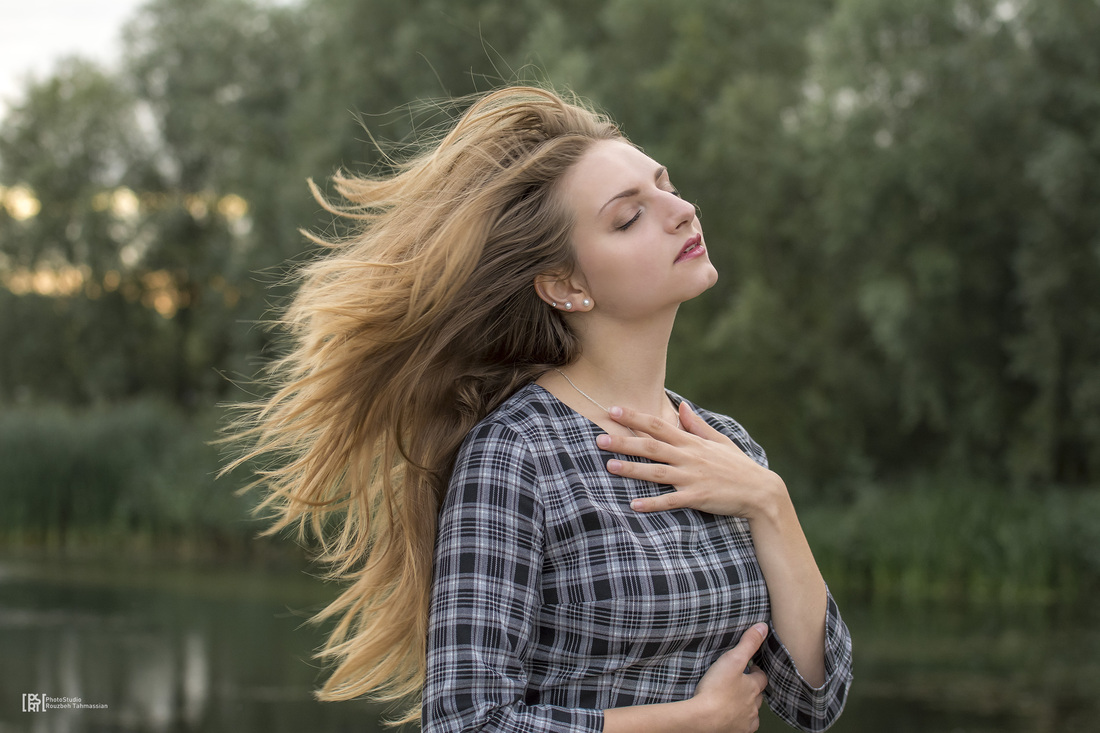


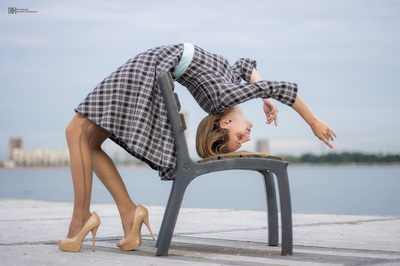
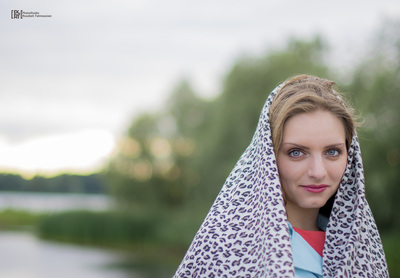


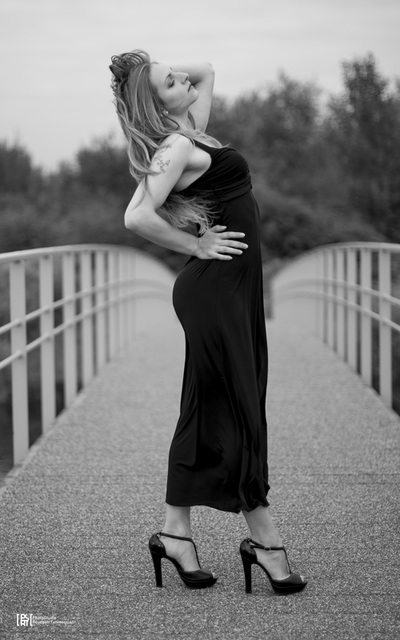





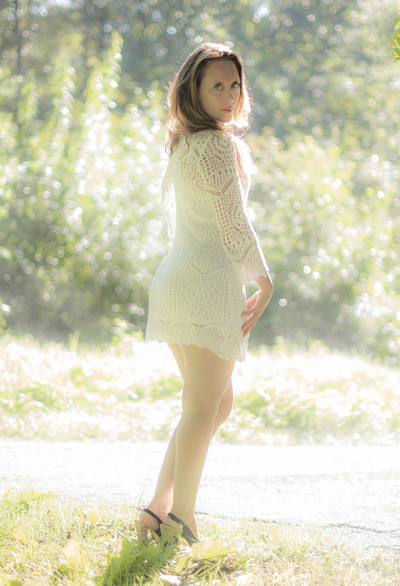



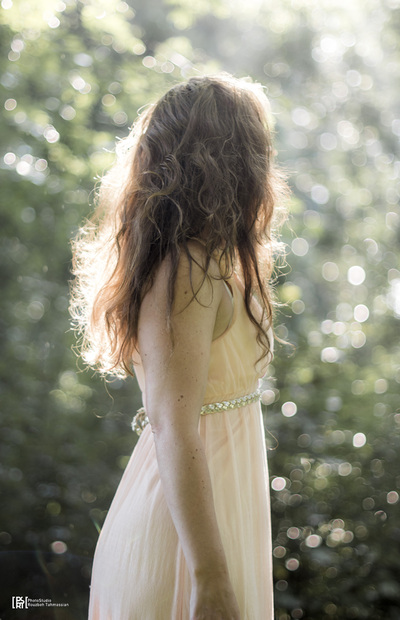







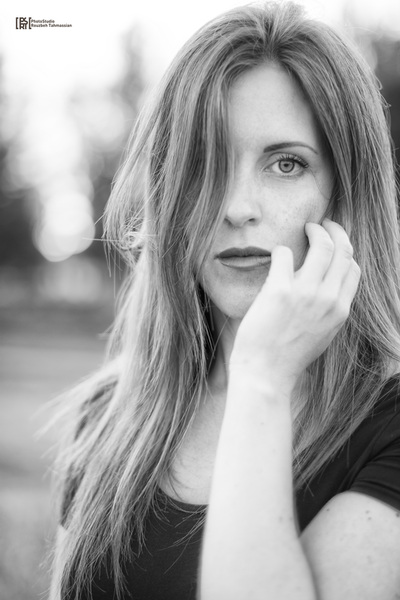

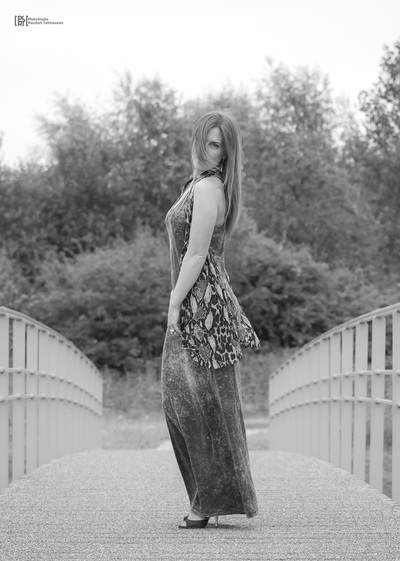



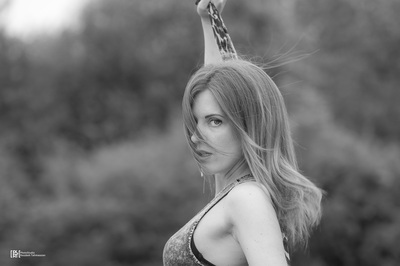
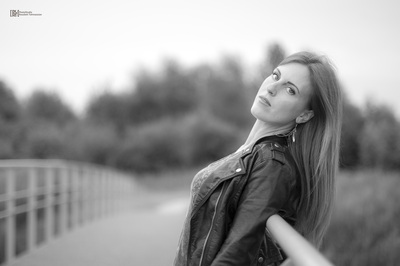
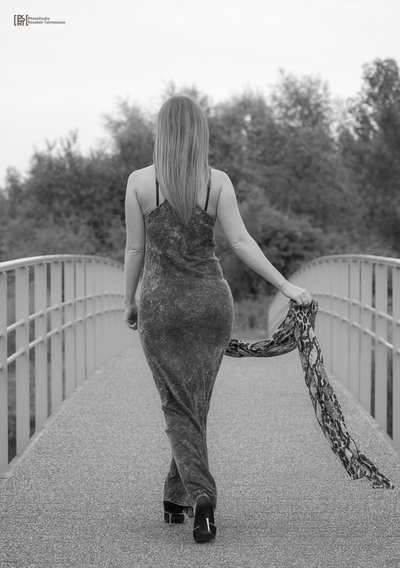





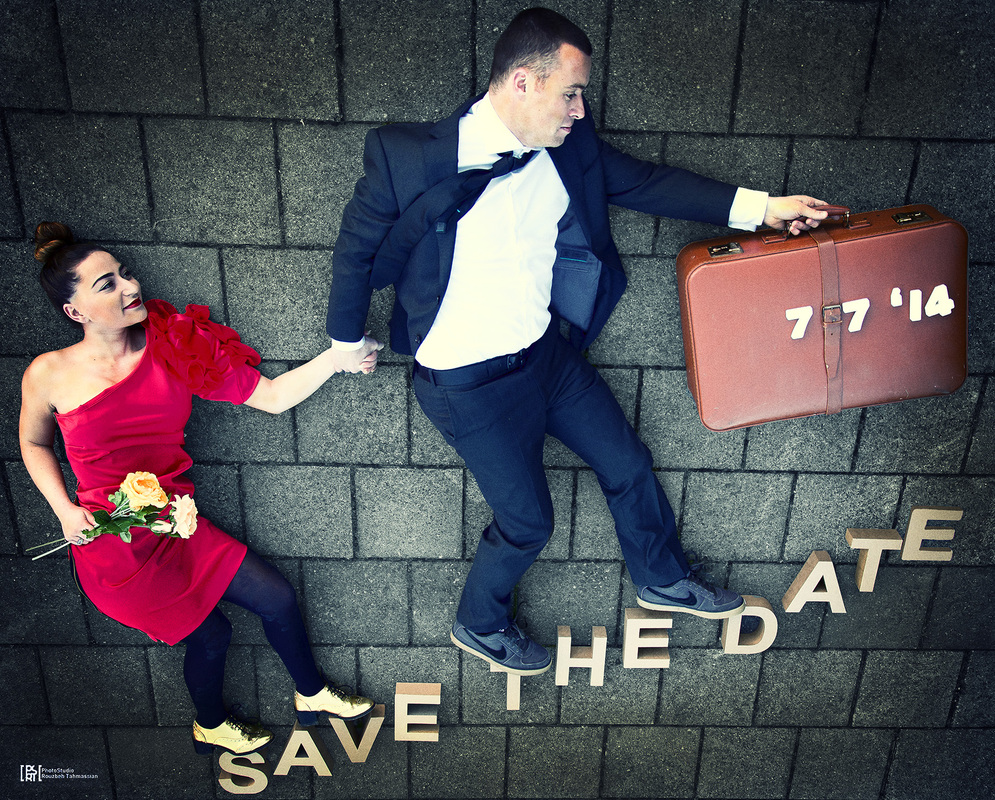




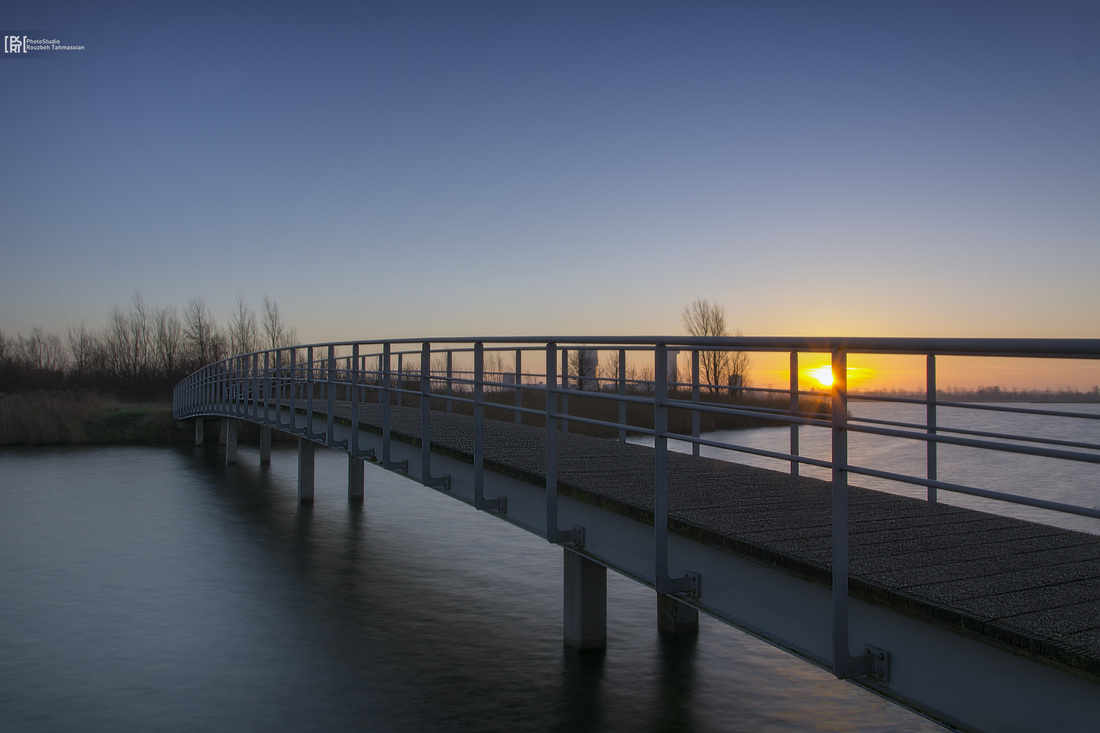

 RSS Feed
RSS Feed